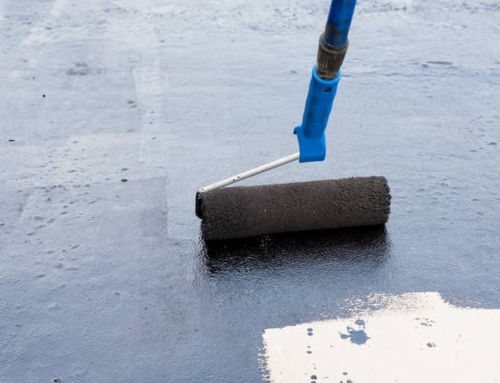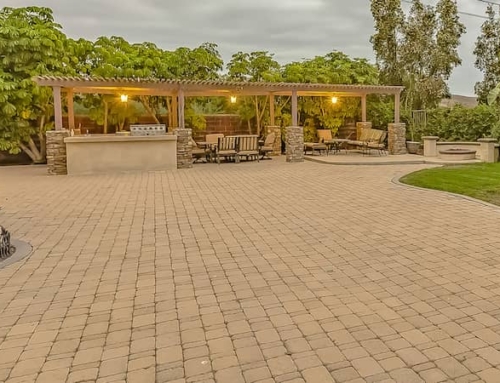Concrete slabs are vital in various constructions as a robust and enduring base for buildings, bridges, and other structures. They are mostly reinforced concrete and have a large, flat surface area, enabling them to withstand heavy loads and resist damage. Concrete slabs find extensive use in floors, patios, sidewalks, driveways, and other applications.
Although concrete slabs are durable and built to endure, they can develop problems that jeopardize their safety and strength over time. These problems include cracks, spalling, buckling, curling, and settlement, which can harm their surface or structure.
Common Issues with Concrete Slabs
Cracks
Concrete slabs often develop cracks for various reasons, like shrinkage during drying, heavy loads, or settlement. They may take different forms, such as hairline cracks, pattern cracks, or random cracks. These cracks can cause problems like water penetration, erosion, or even structural failure.

Spalling
Spalling is when the upper layer of concrete starts to peel or flake off, revealing the layer underneath. This degradation can occur for various reasons, such as freeze-thaw cycles, chemical exposure, or inadequate installation. Spalling can cause the concrete surface to become irregular and abrasive, creating tripping hazards and exacerbating the damage.

Buckling
Giant trees surrounding a concrete property can cause the roots to grow underneath, leading to cracking and buckling of the slab. It can also happen due to extreme temperature changes. The damaged concrete and any roots must be removed to repair this type of damage. Concrete contractors can then install a patch to prevent further damage to adjacent structures.
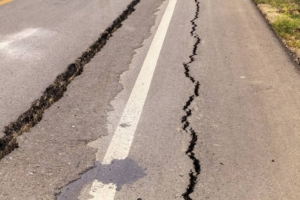
Curling
Concrete curling happens due to temperature and moisture differences between the top and bottom surfaces of the slab, causing it to become unsupported from the base. To prevent curling, contractors should follow proper techniques, including placing concrete joints accurately and using low water content or water-reducing admixtures with the most considerable aggregate size possible.
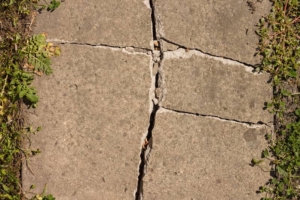
Settlement
Settlement results from the concrete slabs sinking or shifting because of soil compaction, poor preparation, or heavy loads. As a result of the settlement, the surface becomes uneven, cracks may appear, and structural problems may occur. When settlement occurs, the slab is likely to move away from walls, create gaps, and let water seep in.
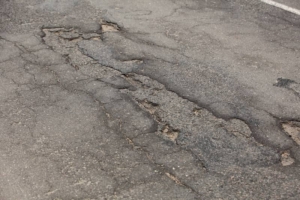
Methods for Repairing Concrete Slabs
Crack injection
Injecting epoxy or polyurethane resin into the cracks is a highly effective repair method. It can help fill gaps, provide a strong bond, and prevent water penetration and further damage. This technique is most suitable for more minor cracks.
Concrete resurfacing
Resurfacing concrete effectively solves minor damage or wear on a concrete slab. The process involves adding a thin layer of new concrete to the existing surface to create a smooth and even finish. This approach not only enhances the appearance of the slab but can also protect against future damage.
Slabjacking
Slabjacking is a process where a cement mixer and other materials are injected beneath a concrete slab to raise it back to its original position. This technique is suitable for slabs that have sunk due to soil compaction or inadequate preparation, and it can assist in restoring the structure’s stability.
Replacement
Sometimes, the only option to fix a damaged concrete slab is to replace it. It means removing the old slab and pouring a new one where it was. Applying this methodology may incur significant expenses and demand considerable time investment. Nevertheless, it is typically the optimal means of assuring that the reparation is comprehensive and has prolonged durability.
How to Choose The Right Repair Method
When deciding how to fix a damaged slab, there are a few things to consider. These include the extent of the damage, where the slab lies, how much the repair will cost, and how quickly it needs repairing. For example, concrete resurfacing might be the best choice if the damage is minor and the slab is in a busy area. But if the damage is extensive and affects the structure of the slab, replacing it may be necessary.
Consult A Reliable Concrete Resurfacing Contractor
When it comes to mending and restoring concrete slabs, collaborating with a seasoned concrete resurfacing contractor like Creative Resurfacing Solutions is of utmost importance. They can dispense valuable recommendations on repair methodologies, construction materials, and expenses that align with your specific undertaking. Before making any commitments, request testimonials and scrutinize customer feedback. With a certified professional by your side, you can anticipate a superior-grade result.



